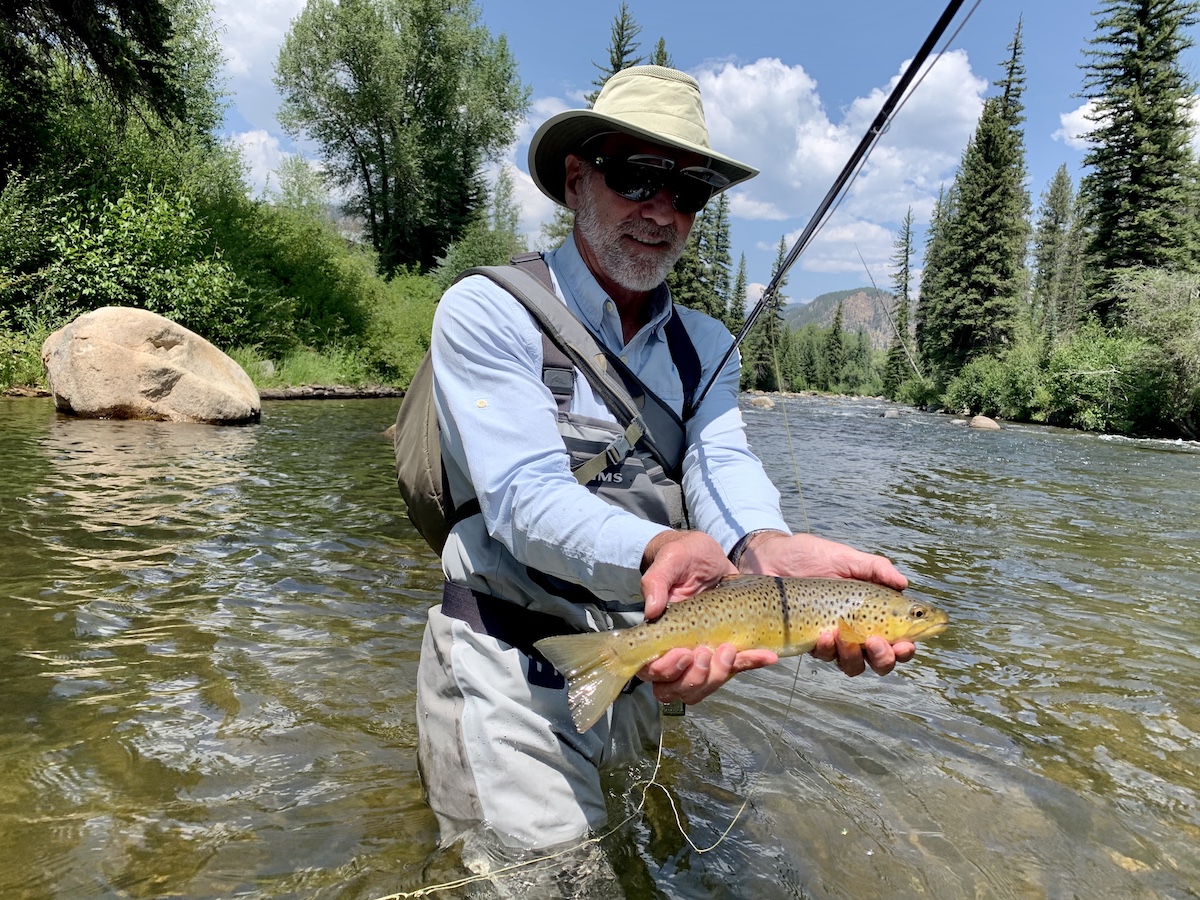Wilder’s Master Fishing Guide, Ben Riedel, shares the inside scoop on the best bugs to use while fishing the Taylor this time of year. Be sure to check out his Taylor River Fishing Report: August 2021 before you head out to fish!
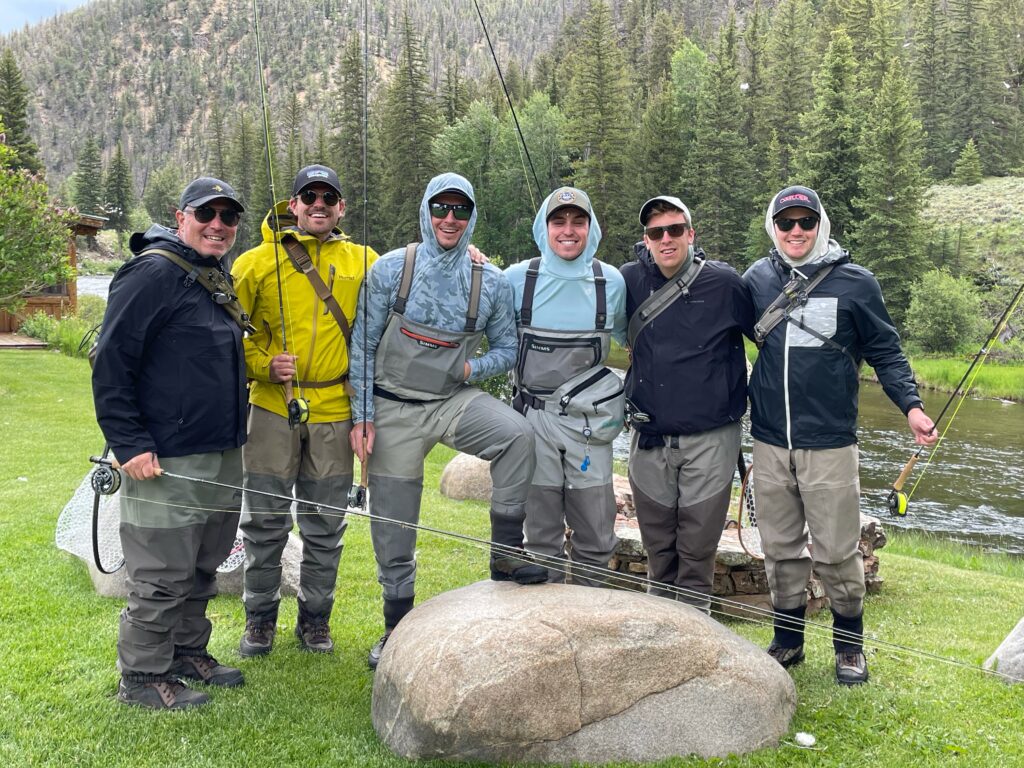 Monsoon season brought some much needed moisture this year. Flora is happy, healthy and growing fast. The recent rains have helped provide enough cushion to where we should expect 250 cfs out of the dam for the remainder of August.
Monsoon season brought some much needed moisture this year. Flora is happy, healthy and growing fast. The recent rains have helped provide enough cushion to where we should expect 250 cfs out of the dam for the remainder of August.
The Taylor River is still fishing fantastic, though most of our famous hatches have run their course for the summer. It turned out to be a Caddis heavy summer. Not because of a lack of other bugs, but the Caddis were so consistent. This has started to change in the last week however. PMDs and BWOs are showing up consistently in the afternoons and midges are becoming important again.
Mornings can be a bit slow until the water warms up. Midges and Caddis pupa are some of the first morsels available to the trout. Nymphing along the bottom is generally the most effective method when there is a lack of bug activity or surface activity. Bouncing the bottom with a #12-16 Cased Caddis, #14-16 Sparkle Pupa, #16-18 Pheasant Tails, or #16-20 Zebra Midge has been producing fish in the morning. You may see a spinner fall heavy enough to bring fish to the surface in the calmest water. Generally PMD or BWO size, so a #14-18 Rusty Spinner is a good imitation.
As the morning progresses, look for small Yellow Sallies (Yellow Stimi #16, and Hare’s Ears #16-20). Fewer and fewer Sallies are being spotted each day but they can provide a brief stint of amazing fishing.
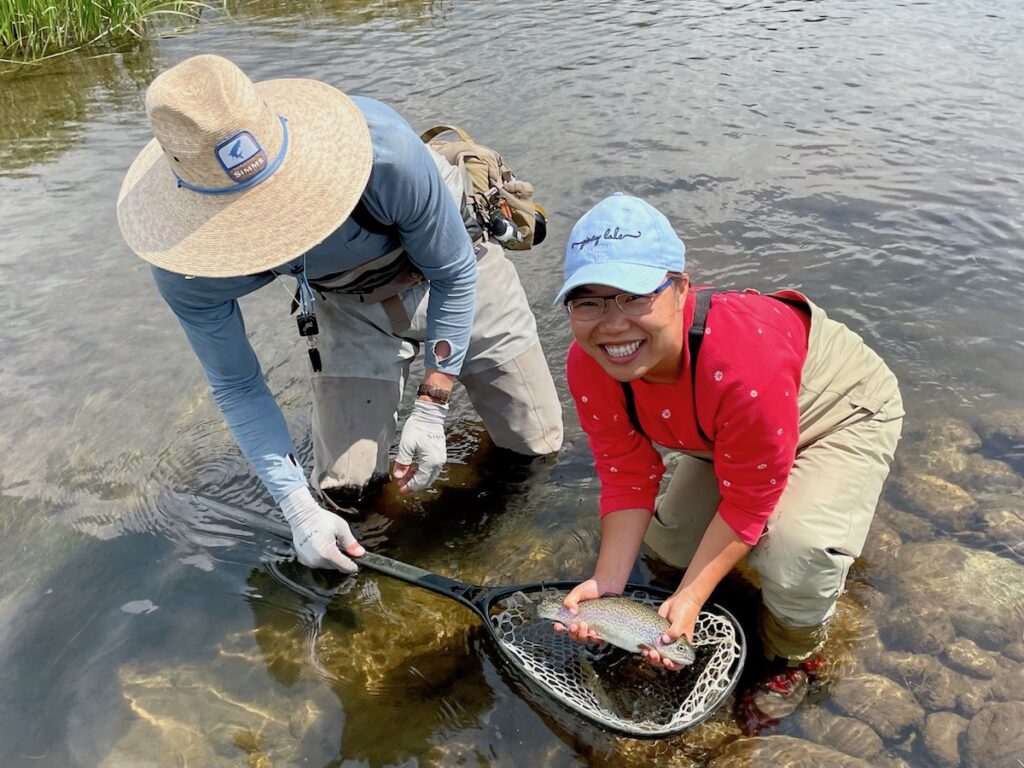
The morning hatches aren’t bringing the fish to the surface reliably, but the afternoons can provide some excellent dry fly fishing. Pale Morning Duns, Blue Wing Olives, and the occasional Caddis have been prolific enough to get the fish eating with reckless abandon at least for a short while. Dry fly only rigs including P.Adams #14-20, BWO #16-20, PMD #14-18, and Sparkle Pupa #14-18 have been working well. Droppers or nymphs that work well include; Pheasant Tails #14-20, Micro Mayflies #16-20, Deep Sparkle Pupa #14-16, and Zebra Midges #16-22. Remember, if the fish aren’t willing to move up in the water column, you need to get down to them.
There have been absolutely prolific Caddis hatches in the evenings. Generally they have been either #14 or #16. Size appropriate XCaddis or Sparkle Pupa are great imitations.
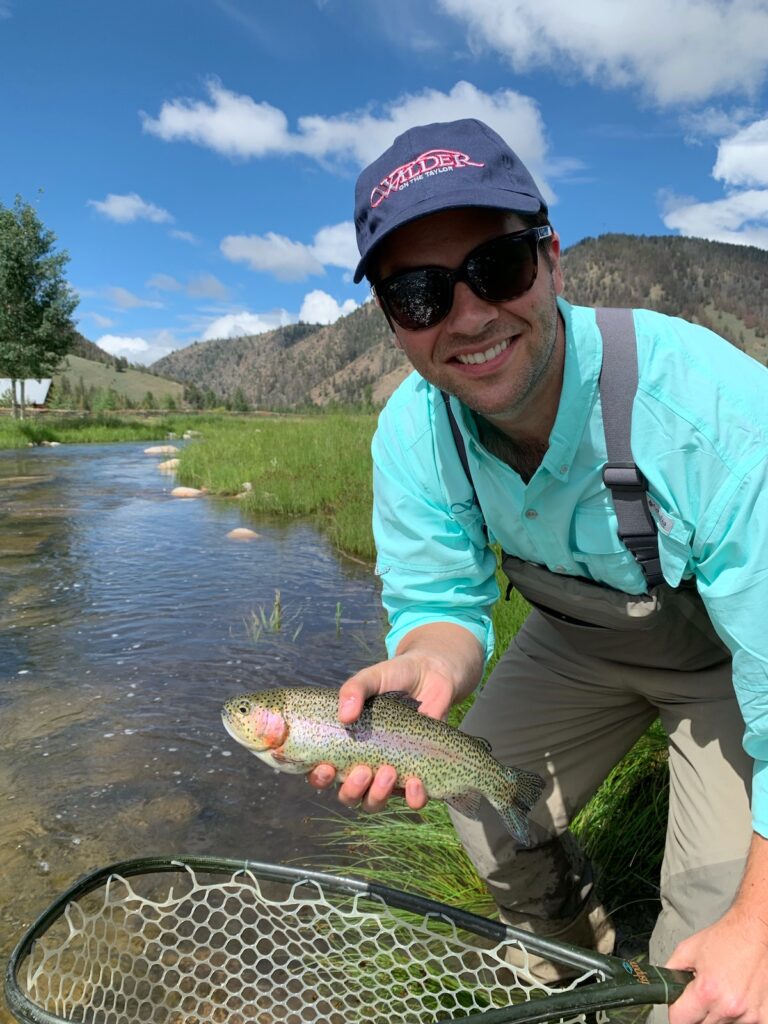 The Dream Stream can be quite good still, especially on cloudy days. Hot, sunny weather tends to send the fish to the bottom unless there is a quality hatch. The fish can be spooky this time of year. Approach cautiously and look for rising fish.
The Dream Stream can be quite good still, especially on cloudy days. Hot, sunny weather tends to send the fish to the bottom unless there is a quality hatch. The fish can be spooky this time of year. Approach cautiously and look for rising fish.
If you see fish rising in the tail of the pool, expect a midge hatch. Try to identify the size and match with Griffith’s Gnat or Sierra Dot dry fly with a Zebra Midge or Black Beauty dropper. Fish rising in the run or head of the pool are probably eating BWOs or Caddis. The BWOs have been either #16 or #22. A #16 P.Adams makes for a great dry fly. Vary your dropper to match the size of the naturals. Pheasant Tails, Micro Mayflies, and Barr’s BWO Emerger have been producing fish. If you see Caddis they should be quite large. #14 Elk Hair Caddis, #14 XCaddis, and #14 Sparkle Pupa are great imitations.
Flying ants have been spotted along the stream bank the last few days. When there is a lack of aquatic insect activity, consider a flying ant pattern or grasshopper.
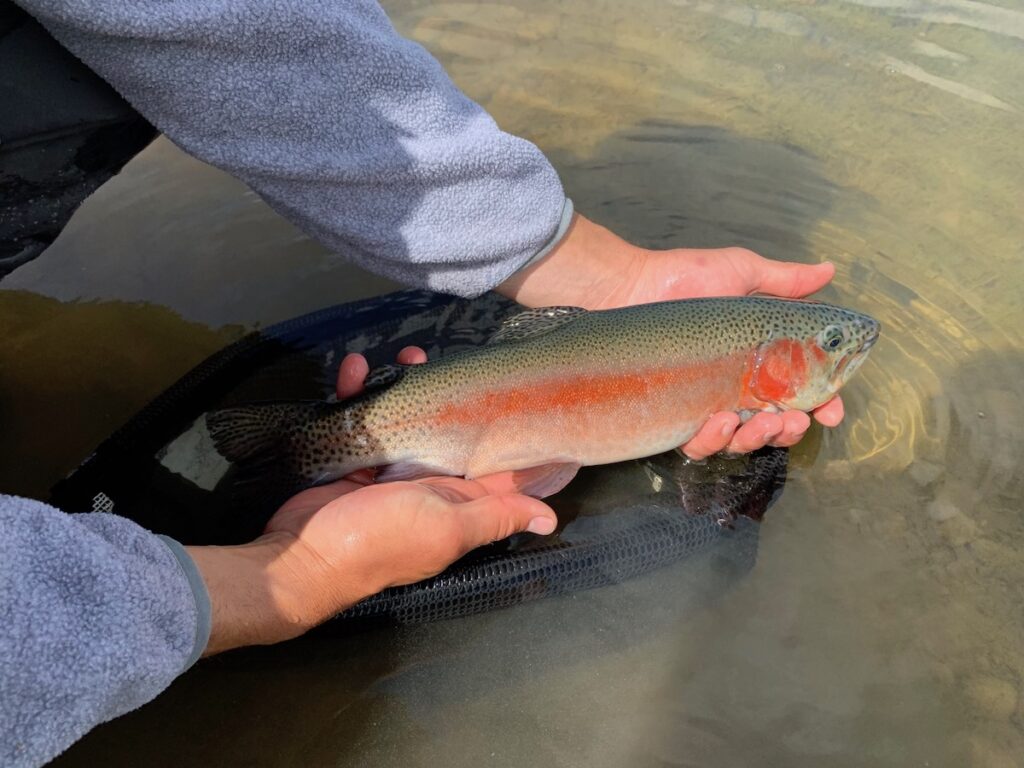
The ponds can be some of the best fishing on the property. Stealthy approaches and delicate casts are of utmost importance. Early mornings often consist of a healthy midge hatch that can be just as frustrating as it can be rewarding! Try using a Griffith’s Gnat, Sierra Dot, P.Adams #22, Black Beauty #18-22 or Zebra Midge #16-22.
The Damselfly hatches are starting to slow down but are still worth fishing. Expect the nymphs to be moving by mid morning, and the adults coming back to the water early afternoon. Damselfly nymphs swim to shore to hatch. Cast your #14 Damselfly Nymph in front of a cruising fish and strip in 3”-6” at a time. When fishing Damsel dry flies, give your fly a small twitch occasionally to suggest a living, struggling Damselfly stuck in the water.
Grasshoppers, ants, and streamers are all great options when there isn’t any apparent bug activity.
Pinch your barbs,
Ben Riedel
Master Fly-Fishing Guide
Wilder on the Taylor

